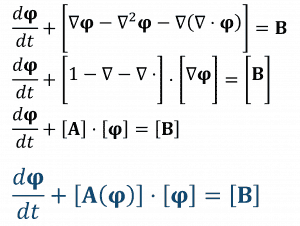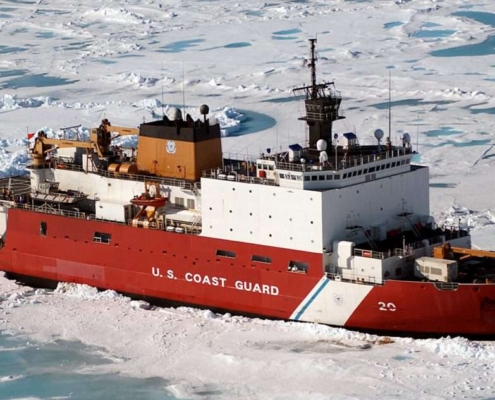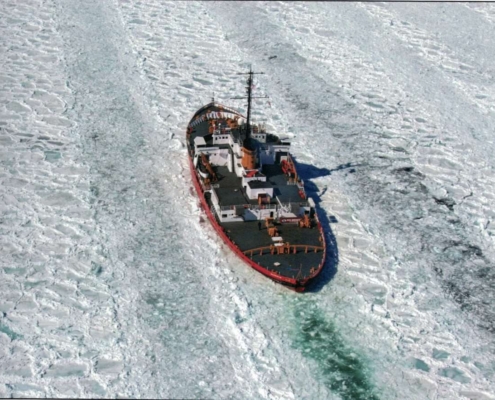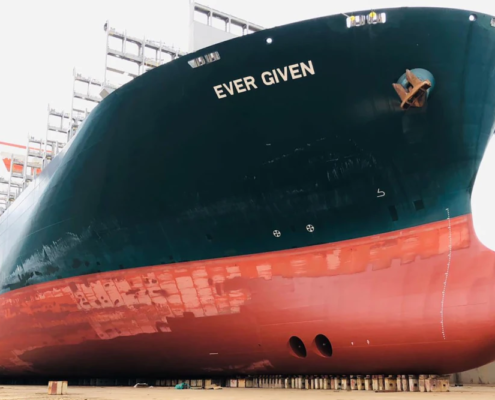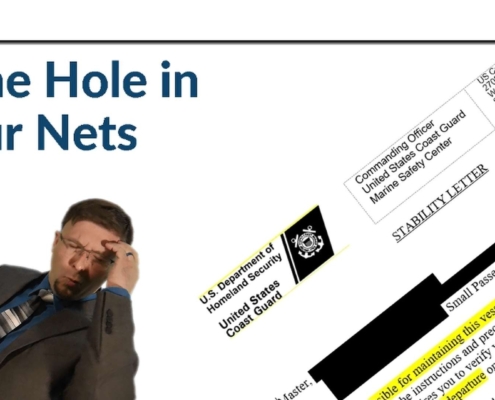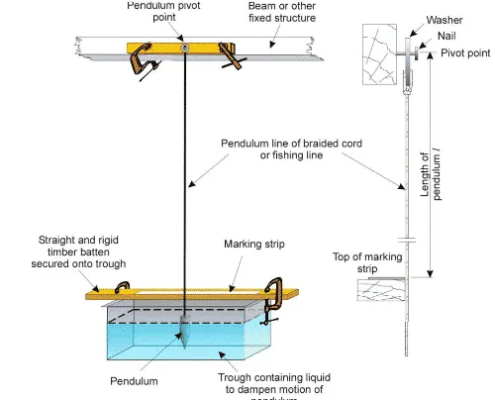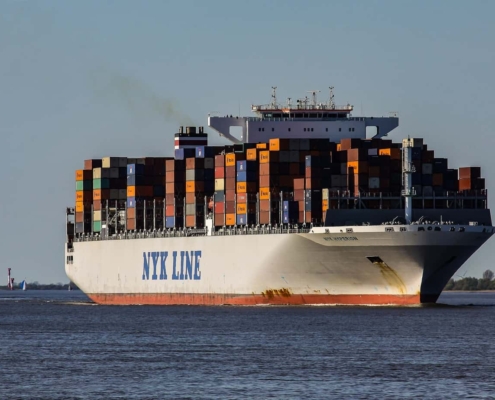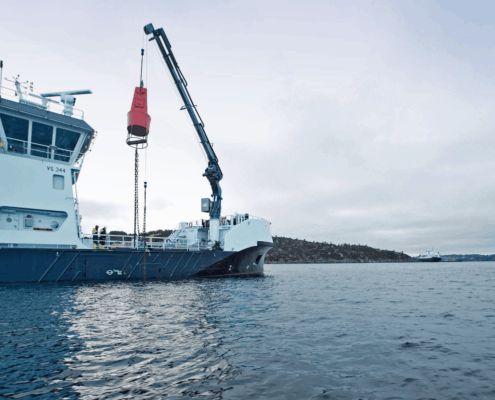We encounter a problem when applying linear algebra to CFD equations. Linear algebra only works on linear equations. No exponents, functions, or other funny business. Each variable may be multiplied by a scaling factor (the A matrix) and that is it. How do we stretch the limits of linear algebra to accommodate non-linear CFD equations?
Iteration. Equation 1 shows an example of converting a non-linear transport equation into a format suitable for a linear CFD solver. The feature is that the matrix no longer strictly holds constants. It is also a function of the variables that we solve. Strictly speaking, this is not linear algebra. But done carefully, it works. By factoring out part of the variables, the remaining terms are suitable for the linear solver.
The solution process is iterative. The CFD engineer first creates an initial guess at the fluid flow. The CFD solver generates the matrix from that first guess and solves for the fluid flow. The solver next updates the matrix based on the newly calculated solution and resolves. This iteration continues, comparing the difference between updated solutions. The CFD engineer determines when to stop iterations.


